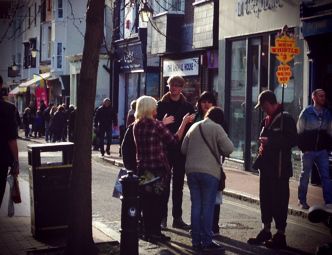 Step one – Get some followers…As with every other sector, there has been a rush to embrace social media by not-for-profit organisations. Like every other sector, after some experimentation and initial successes, marketers are scrutinising the value of social media.In an article in the Economist this week – One Thousand Points of Like – the traits of charities that had been able to successfully fund-raise through social.
Step one – Get some followers…As with every other sector, there has been a rush to embrace social media by not-for-profit organisations. Like every other sector, after some experimentation and initial successes, marketers are scrutinising the value of social media.In an article in the Economist this week – One Thousand Points of Like – the traits of charities that had been able to successfully fund-raise through social.The charities that raise a lot from social media vary widely in size and budgets. But each has an average Facebook following of nearly 100,000, more than 15 times the norm, according to the NSNB report. They also now dedicate lots of staff time to social media and have carefully followed the success of their fund-raising.Following on from this, Allison Fine, co-author of the excellent The Networked Non-Profit (recommended reading, even if you are in the business of making profits) says “donations come only when the bonds are strong and the network is big”.It seems likely you need the scale in terms of Facebook Fans, Twitter Followers and other connections as the start of a process that will deliver valuable results. For charities that’s donations, for commercial organisations it will be sales or other shifts in behaviours.So the importance of a million fans to a major brand? It shows that they are creating the chances to develop the deeper relationships with a smaller number of users.In that light, big follower numbers are an indicator of engagement, a sign of opportunities being create, rather than an end in themselves.
